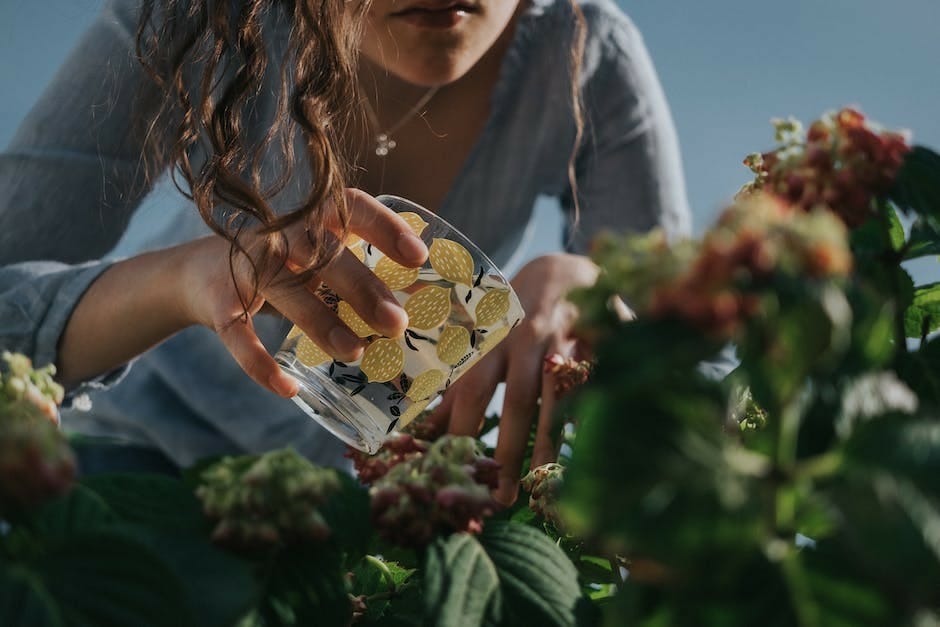
The iconic 20th-century poet Pablo Neruda once said, “You can cut all the flowers, but you cannot keep spring from coming.” This is the resilience that one must have if they are to recover in the long term. The good news is that this type of resilience lies within all of us that seek help. After all, simply by asking for and accepting help, we have overcome some of the biggest hurdles in recovery. The next steps are primarily about making an effort to take them. They are action steps, such as engaging in treatments like horticulture therapy.
What Exactly Is Horticulture Therapy?
According to the International Journal of Environmental Research and Public Health, “Horticulture has been long used as a therapeutic activity for people with mental illnesses, such as schizophrenia and depression. People’s interactions with plants, through goal-orientated horticultural activities in the form of active gardening, as well as the passive appreciation of nature, could be therapeutic to people with mental disorders in many ways.” Also, these “ways” are both extensive and comprehensive.
According to the same journal, horticulture therapy could aid in “reducing stress, reducing psychiatric symptoms, stabilizing mood, and increasing the sense of tranquility, spirituality, and enjoyment… help people to reduce fatigue and restore attention and cognitive ability… [and] increase self-efficacy, self-esteem, and quality of life.” Ultimately, these are net gains, with very little chance for negative effects (except maybe a little dirt under the fingernails).
Yes, at its base level, horticulture therapy is when an individual engages in gardening, landscaping, or other forms of plant-based activities to achieve emotional growth. Of course, it is much more than simply “working in the garden.” It is an engaging activity that involves both the individual and a trained experiential therapist. Yes, horticulture therapy is an experiential therapy because we grow in our recovery via our experiential learning.
Who Is Horticulture Therapy For?
Ultimately, horticulture therapy is for anyone that is looking to experience similar gains from traditional mental health therapies via a new platform. However, it is important to note that horticulture therapy is experiential rather than evidence-based, so it is highly recommended that it be a supplement treatment modality rather than a primary one.
The good news is that horticulture therapy is not exclusive in any way other than the potential for some people to be allergic to certain plants (and those that should be careful of bees). Ultimately, the potentially worst outcome of participating in horticulture therapy is that it may not work as well for some as it does for others. However, if that happens, then we can simply move on to another form of therapy without worrying about any negative side effects.
Horticulture therapy can be particularly effective for those individuals that are struggling to make a connection with others in recovery. The therapy offers a unique opportunity to work together to make not only nurture and make something grow but to nurture and grow each other’s recovery. This sense of community can be crucial for recovery because, as is written in the “Big Book” of 12-Step programs, “Practical experience shows that nothing will so much insure immunity from [relapse] as intensive work with other [people in recovery]. It works when other activities fail.”
The Benefits of Horticulture Therapy
As previously mentioned, many benefits can arise from participating in horticulture therapy. However, there are still more. Some of these benefits include:
- Engaging in a safe activity in a safe space can reduce the obsession of addiction while also offering an activity that can be utilized after leaving the recovery center
- Replenishing much-needed vitamins and nutrients that come from simply working outdoors (such as Vitamin D from the sun) and eating healthier home-grown foods
- Connecting with a likeminded community that can be utilized when times get tough in long-term recovery
- Learning a skill that can be utilized both at home and in the horticulture field if one becomes interested enough
- Reduces stress, helps with anxiety, and can decrease the symptoms of depression
- Helps with patience, keeping a schedule, and setting positive and realistic goals
Individualized and Comprehensive Care: Our Primary Purpose at Lantana Recovery
There may be no better place in the world for horticulture therapy than down here in the Low Country of South Carolina. Known for our optimal growth climate, rich clay soil, and history of agriculture, the Low Country and Lantana Recovery is a place where horticulture therapy can truly help individuals flourish in their recovery.
The Low Country is home to one of the most epic and oldest trees in the country (the Angel Oak). It is the only place where tea is still grown and manufactured in North America, and it boasts muscadine grape vines that are as old as the revolutionary war. Yes, it is a prime place for growth, not just in horticulture but in life-long recovery as well.
Horticulture therapy is used in addiction and mental health treatment because it helps those recovering discover new outlets for healing. The therapy involves individuals participating in gardening and similar activities under the supervision of a therapist to facilitate certain treatment outcomes. Here at Lantana Recovery, we utilize this treatment because of the benefits it possesses for individuals in recovery. If you feel like you or a loved one are struggling with addiction and need a solution, you are not alone. We can help get you on the road to recovery. For more information on the benefits of horticulture therapy and the other treatment options we offer, reach out to Lantana Recovery today at (866) 997-2870.
The post How Does Horticulture Therapy Foster Mental Health Recovery? appeared first on Lantana Recovery: Addiction Treatment Rehab Center.
source https://lantanarecovery.com/how-does-horticulture-therapy-foster-mental-health-recovery/
No comments:
Post a Comment